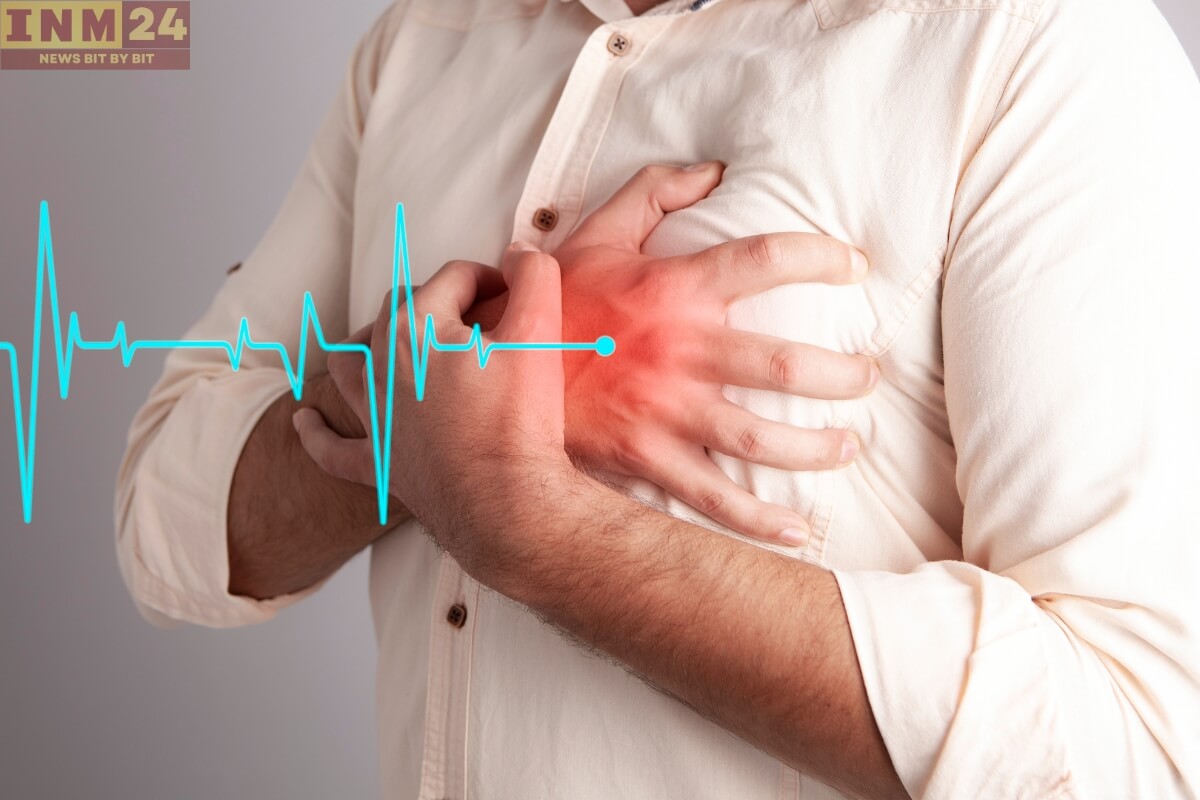A recent study has uncovered a concerning discovery: microplastics, tiny plastic particles, have been found in blocked arteries, raising the possibility of an increased risk of heart attacks. This groundbreaking research sheds light on the potential health implications of microplastic pollution and underscores the need for further investigation and action to mitigate its effects.
The Pervasive Presence of Microplastics in the Environment
Microplastics are minuscule plastic particles, often less than five millimeters in size, that have become pervasive in the environment due to the widespread use and improper disposal of plastic materials. These particles can originate from various sources, including plastic waste, synthetic textiles, and microbeads in personal care products. Despite their small size, microplastics have been found in waterways, soil, air, and now, even in the human body.
The study, conducted by a team of researchers, examined the presence of microplastics in arteries that had become blocked due to atherosclerosis, a condition characterized by the buildup of plaque inside the arteries. Using advanced imaging techniques, the researchers were able to detect microplastics embedded within the plaque deposits, indicating their presence within the arterial walls.
The findings of the study raise concerns about the potential health effects of microplastics on cardiovascular health. It is hypothesized that the presence of microplastics in blocked arteries may exacerbate inflammation and contribute to the progression of atherosclerosis, ultimately increasing the risk of heart attacks and other cardiovascular events.
Significance of Microplastics in Cardiovascular Health
The implications of this discovery are significant, as cardiovascular disease remains one of the leading causes of death globally. With microplastics now found in the cardiovascular system, there is a pressing need to understand the mechanisms by which they may affect cardiovascular health and to develop strategies to mitigate their impact.
Furthermore, the study underscores the urgent need to address plastic pollution at its source and to reduce the production and consumption of single-use plastics. Efforts to improve waste management practices, promote recycling and reuse, and develop sustainable alternatives to plastic are essential steps in reducing the prevalence of microplastics in the environment and safeguarding human health.
The discovery of microplastics in blocked arteries highlights the far-reaching consequences of plastic pollution on human health. As researchers continue to unravel the complexities of microplastic contamination and its impact on cardiovascular health, it is imperative that policymakers, industries, and individuals take proactive measures to address plastic pollution and protect the health of both current and future generations.
